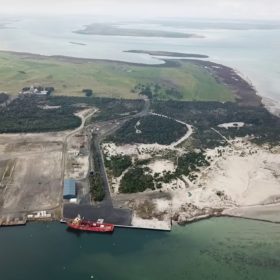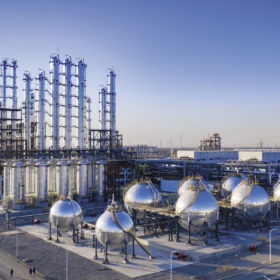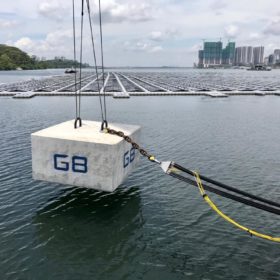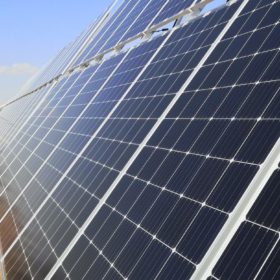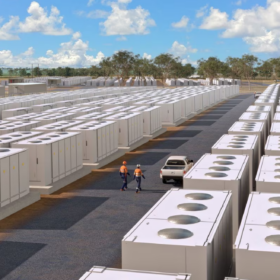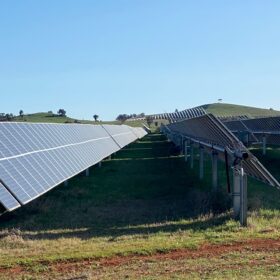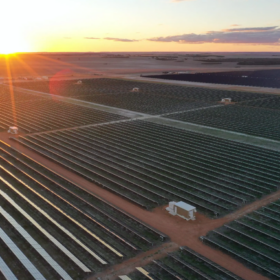Jolywood switches on 1.5 GW TOPCon solar cell factory in China
The Chinese bifacial module maker has commissioned a 1.5 GW TOPCon cell factory in China’s Zhejiang province, which raised its total TOPCon cell capacity to 3.6 GW. Another 16 GW facility is being planned for the Shanxi province.
Solar for hydroponics
An international research team has examined combining solar power generation with energy-intensive hydroponic horticulture and has found that this may be a viable solution depending on project size and available incentive policies. Their approach considered various factors impacting PV system efficiency, including environmental factors, the type of solar array, and the electricity demand from the hydroponic farm.
Longi wants to reach electrolyser capacity of 2 GW by 2023; investor enthusiasm for Port Anthony hydrogen project
Australian green energy company Port Anthony Renewables’ oversubscribed capital raising exercise has put a fresh $3 million directly into its commercial scale hydrogen precinct ahead of a planned Australian Securities Exchange (ASX) listing next year. Meanwhile, Longi reportedly plans to build 1.5 GW of production capacity of electrolysers next year, up from 500 MW today.
Solar to bloom in the desert thanks to innovative NT green hydrogen project
A $15 billion green hydrogen project that utilises solar powered water-from-air technology to save on the cost of hydrogen generation and save the precious water resources of arid regions, has received Major Project Status from the Northern Territory government and aims to be in commercial production by 2023.
Sunday read: Making cheaper H2
The hype surrounding green hydrogen is real, but does the cost-reduction outlook for its production technologies live up to it? Christian Roselund looks at the technology, transportation, application and enabling policies behind the promising green energy carrier.
Saturday read: China’s path to 100 GW
China is once again the focus of attention across the global solar PV industry. The country’s manufacturers have had a turbulent 2021, but domestic demand remains strong, particularly from the booming residential rooftop segment. Despite the supply challenges, China will likely reach 50 GW this year and possibly even 100 GW next year. Given the dynamic market and policy landscape, pv magazine publisher Eckhart K. Gouras recently caught up with long-time China solar expert Frank Haugwitz, the founder of the Asia Europe Clean Energy (Solar) Advisory (AECEA).
Daqo fires up 35,000-tonne poly fab
The polysilicon producer is sticking by plans to ramp up manufacturing capacity almost 300% within three years and says it will produce the basic material for the new generation of n-type solar panels.
Indian manufacturer plans 1.2 GW module fab
Gujarat-based solar manufacturer Solex plans to have 1 GW of cell and 3.7 GW of module capacity operational in 2023.
Singaporean FPV firm targets offshore expansion plans
Floating PV is a growing niche in the solar sector, but its offshore segment has proven more difficult to activate, largely because of the difficulty of open-water energy generation. Nevertheless, the potential of offshore floating PV is almost unlimited, and one Singaporean firm, G8 Subsea, is looking to leave the safety of harbours and reservoirs.
‘World’s biggest TOPCon solar plant’ begins generating
Solar manufacturer Jolywood, which supplied almost 500 MW of its bifacial tunnel oxide passivated contact panels for Oman’s Ibri II facility, has claimed the power plant is the biggest to date to deploy the high-efficiency technology.


